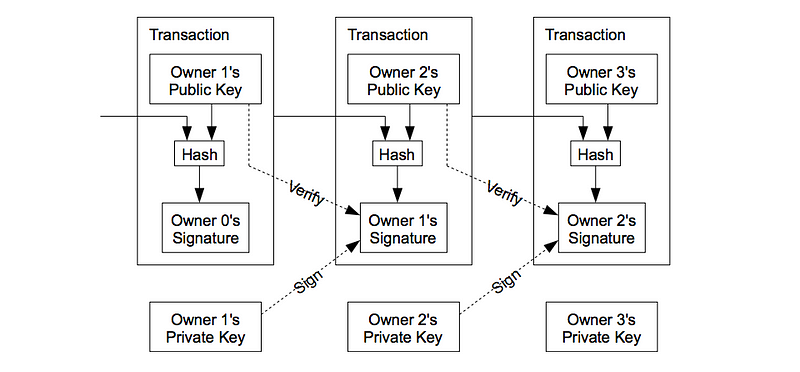You can also use mysqldump and mysqlimport to transfer the database. For large tables, this is much faster than simply using mysqldump. In the following commands, DUMPDIR represents the full path name of the directory you use to store the output from mysqldump.First, create the directory for the output files and dump the database:
shell> mkdir DUMPDIRshell> mysqldump --tab=DUMPDIR db_name
Then transfer the files in the DUMPDIR directory to some corresponding directory on the target machine and load the files into MySQL there:
shell> mysqladmin create db_name # create database
shell> cat DUMPDIR/*.sql | mysql db_name # create tables in database
shell> mysqlimport db_name DUMPDIR/*.txt # load data into tables
Do not forget to copy the mysql database because that is where the grant tables are stored. You might have to run commands as the MySQL root user on the new machine until you have the mysql database in place.
After you import the mysql database on the new machine, execute mysqladmin flush-privileges so that the server reloads the grant table information.
Source: MySQL :: MySQL 5.0 Reference Manual :: 2.19.5 Copying MySQL Databases to Another Machine
Currently the best way to make a clone of a database on the CALI dev environment. Useful as a aid to development allowing the developer to test new things out on copy of a db so if it goes wrong you can get back to where you were.



